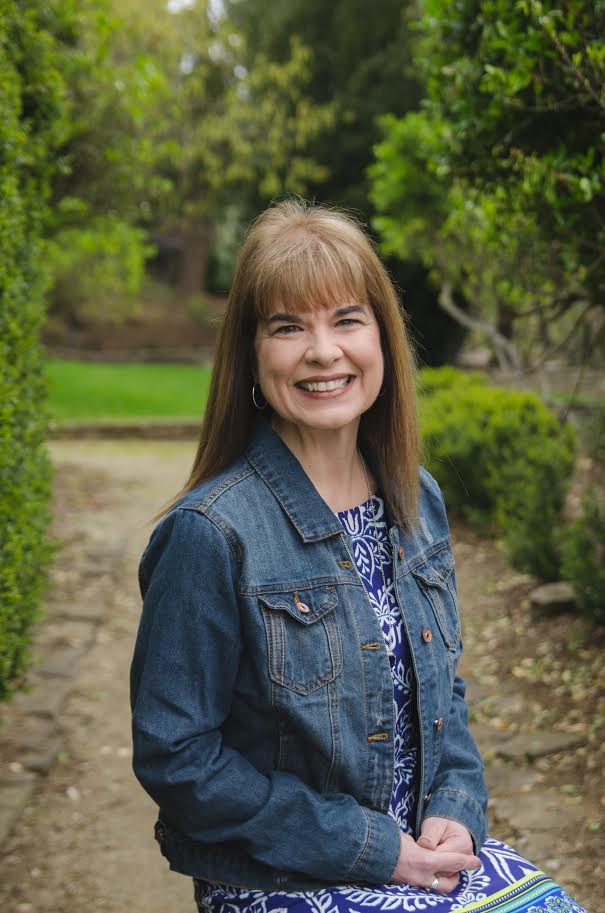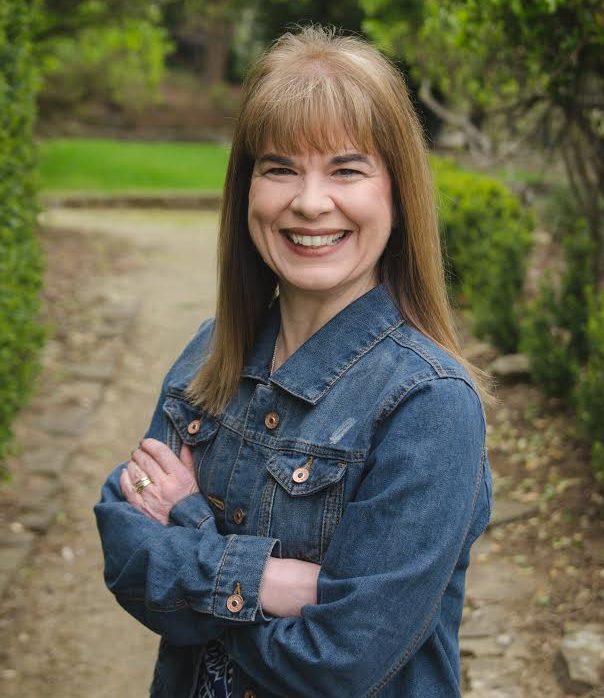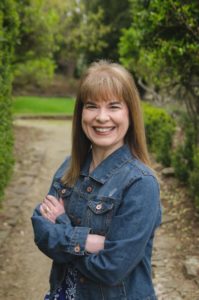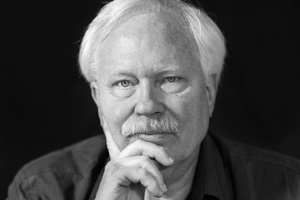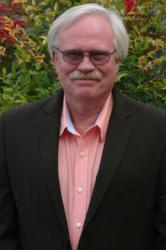By Tammi Pitzen, Executive Director of The Children’s Advocacy Center of Jackson County
I have been wanting to write this post for a long time. I asked the person who is at the heart of this story – twice — if it was okay. I have sat down hundreds of times trying to get started and was never able to get past the first sentence or two. I have touched on it a time or two in other posts.
But it’s time to pay tribute to my friend and own up to my own shortcomings.
Some of you know that I started my career in child protection in the same very small town that I grew up in and where I graduated high school. Inherently, that means that I crossed paths with many people that I knew while investigating child abuse cases. Some impacted me. And, ironically, the one that impacted me the most was not one that I was investigating.
To tell the whole story, I need to go back to the beginning.
I don’t know when I first met Wendy, but I know that I have known her more than half my life now. My first really clear memories were in middle school. She lived with her brother and her dad. I never knew what happened to her mom or why she was not in the picture. She and I talked some, but not a lot. She and I went to the same church. I am ashamed to say that I never asked her anything. I suspect if I did, she and I would have found that we had some things in common — like our dry sense of humor, fierce loyalty, a desire to help people, some insecurities about who we were and dreams of living in places far away from our small hometown. I also would have found out that we had things that were very different about our lives.
All during this time, there were rumors or concerns whirling around of Wendy being abused.
I remember the adults trying to be kind to her. Looking back at it now, I wonder how that felt. Being kind does not make the abuse stop. I think that people shied away from Wendy because of believing she was abused. As if somehow it was “catching”.
I remember hearing some of the adults talk about how there was something not right about Wendy’s relationship with her dad. I didn’t know a lot about abuse when I was in high school. I was so busy trying to survive, that I doubt I looked around to see anyone else’s struggles.
As an adult looking back, I feel guilty.
We graduated high school. I went to college. I am not sure where Wendy went. She got pregnant in high school during a time that it was not as accepted as it is today. She gave the baby up for adoption. Some thought that was for the best. Our worlds went down different paths for a while. I graduated from college and went back to this same small town to start my career. I started investigating child abuse reports for the Department of Social Services.
I had been there for a couple of years. I had not run into Wendy. If I am honest, I doubt I thought much about Wendy. Then one day, I was in the record room at work and came across a file that had her dad’s name on it. We were purging files. I had gone in to get more files to start working on.
I stared at that file for what seemed like eternity. Sitting on the shelf. Wondering what I should do.
My eyes starting to sting, and my heart started to race. I am pretty sure I sobbed. I couldn’t even bring myself to pull the record off the shelf. I stood there staring at it. It seemed too intensely personal. It felt like time had stopped. I am sure it was only a matter of seconds.
My co-worker came in … grabbed the file and went back into the area where we were working. I pulled myself together and grabbed the next few files and went back to my seat. My co-worker asked if I was okay. She said I looked like I was not feeling well. I pulled myself together and continued working.
I never read the file. I never checked to see if there was anything left after we purged some things that the state had decided needed to be destroyed. While I never read it, I never forgot and would find myself thinking about Wendy from time to time.
And then Facebook came on scene. I got a friend request from Wendy. We reconnected through the world of social media. I learned that Wendy’s life had not always been easy, but Wendy persevered.
Wendy was abused.
Wendy was physically, sexually, and mentally abused, as well as, chronically neglected as a child.
Reports were made, but she never felt safe to tell anyone. They would come to her house to interview her with her Dad in the next room. She shared with me that she had four different family members abuse her. It hurts my heart to think about it. But Wendy was and is resilient. Wendy made promises to herself and to her children.
Wendy went to college. She first got her associates and bachelor’s degree in Psychology and then got her masters in Health Care Management.
Wendy did indeed survive her childhood home and has been able to pick up those pieces of herself that were shattered by abuse and put them back together. She is one of the most resilient people I know.
I did not know enough to help Wendy when I was a teenager. When I found out that Wendy had been abused or got confirmation, I replayed a lot of my childhood in my mind.
I sat at my computer and cried that I had not been able to help Wendy thirty something years ago.
I tell this story not to garner sympathy for Wendy or for me. Not to illustrate my failure to protect or even be a good friend. I tell this story to show that abuse is out there, and it is close to us. It always has been.
I tell this story because I wonder if there had been a Children’s Advocacy Center to go to, she would have felt safe, and if some of her abuse would have been prevented, and if some of her struggles could have been lightened.
I felt powerless, frightened and too ignorant on child abuse to intervene way back then, but I have promises to keep…no more excuses.
I made it my life’s work to intervene—to do something to stop adults from abusing children. I never intended to stay in this work for this long. I had other plans. However, sitting in a small records room in Louisiana, I was persuaded to continue until I could continue no more.
I made some silent promises to Wendy that day.
I promised to always make a report if I suspect abuse. I will never turn away again. I promised to not be afraid to ask if something doesn’t seem quite right. I promised never to allow a “whatever happens in the family is not my business” mentality to prevail. I promised to always intervene on behalf of a child.
I have been working and advocating on behalf of abused children for 29 years. There have been many moments that have inspired me to continue, but they all started with a few silent promises to my friend Wendy.
I bet that the majority of you have a Wendy in your life. Even if you don’t know who they are. Statistically, there is no way you don’t have a Wendy in your life.
I want to ask you to do what you can to keep a child safe. I want to ask you to make a report to authorities when one needs to be made.
You will never regret making a report to keep a child safe, but you may regret not making one.
